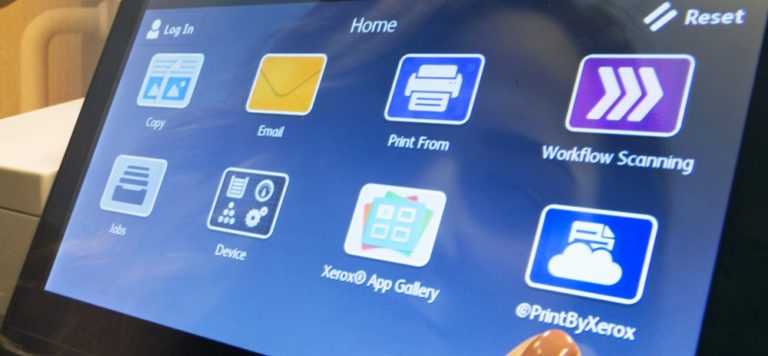By Sachin Shenolikar

“It’s information that when put together is incredibly valuable,” says Scot Marcotte, managing director, talent and HR solutions at Buck Consultants, A Xerox Company. “How do we make it meaningful?”
For one, organizations are starting to look at their employees as consumers of HR. Once reluctant to give data back to employees, businesses have shifted their outlook.
Turning Information into Knowledge
“Part of the opportunity that we’re seeing in the industry now is bringing that information together in a meaningful way,’’ says Marcotte. The idea is “to help consumers make informed decisions not only on how they work with the organization, but how they deal with day-to-day life.”
This article was first published on RealBusiness.com, a website from Xerox that provides ideas and information for decision-makers in business and government.
That can be accomplished by bringing context to the data so that it helps employees make better decisions — anything ranging from which career paths to follow to short-term financial leads to scheduling flu shots. Life events such as a marriage, job change, or retirement provide opportunities for companies to push tailored information to individuals.
For example, let’s say an employee just had a child, and that data was logged into the enrollment system by indicating a new dependent. The company can then provide information about child life insurance and college savings plans. “That’s where the real opportunity comes in,” says Marcotte.
Personal health and finance are other areas where companies can help. If an employee is logged as a smoker, cessation services can be provided and tracked. Employees can also be notified if they are leaving money on the table by not taking advantage of the company’s 401(k) match.
A New, Personalized Approach for HR Messages
Aggregated portals help bring this information together, making data available via mobile, in addition to the Web. Companies securely push information through different channels such as text messages and email, and it’s very specific and targeted to the individuals’ needs. These portals are an extension of benefits statements that began in the 1970s. By the 2000s, that information was available in real time. Today we’re seeing a more personalized approach. The next step: further development of voice recognition software in which anyone interacting with HR can verbally ask a question through a smartphone and immediately get an answer that pulls from all logged data.
“We’re going to see a lot more of that development where the information becomes more dynamically available to them,” says Marcotte. “Give us two years and we’ll be there.”
Subscribe to Simplify Work and receive email updates when we publish a new article.



